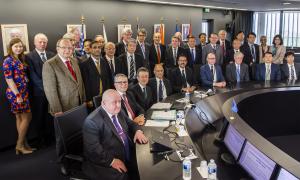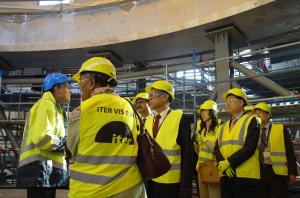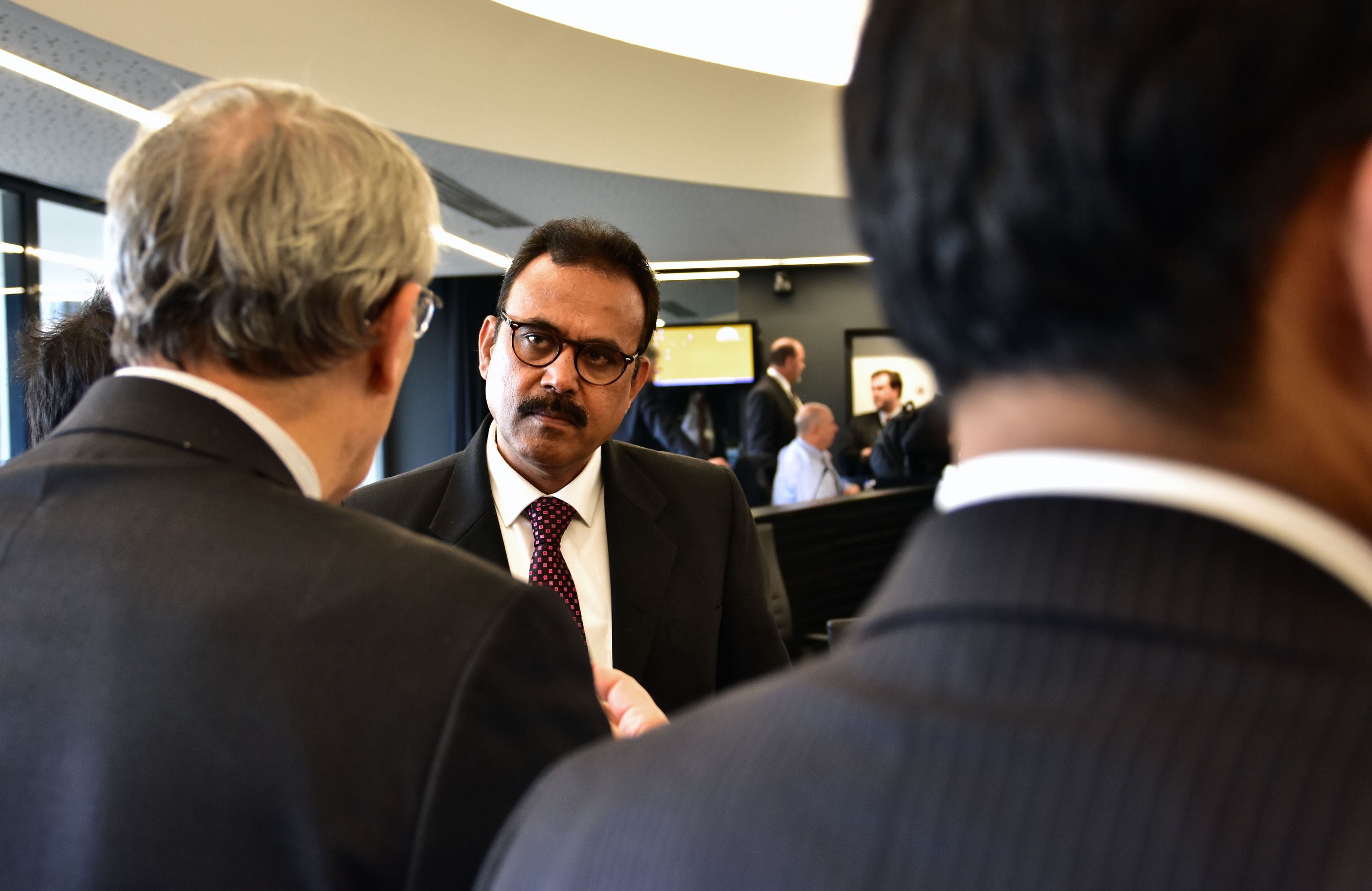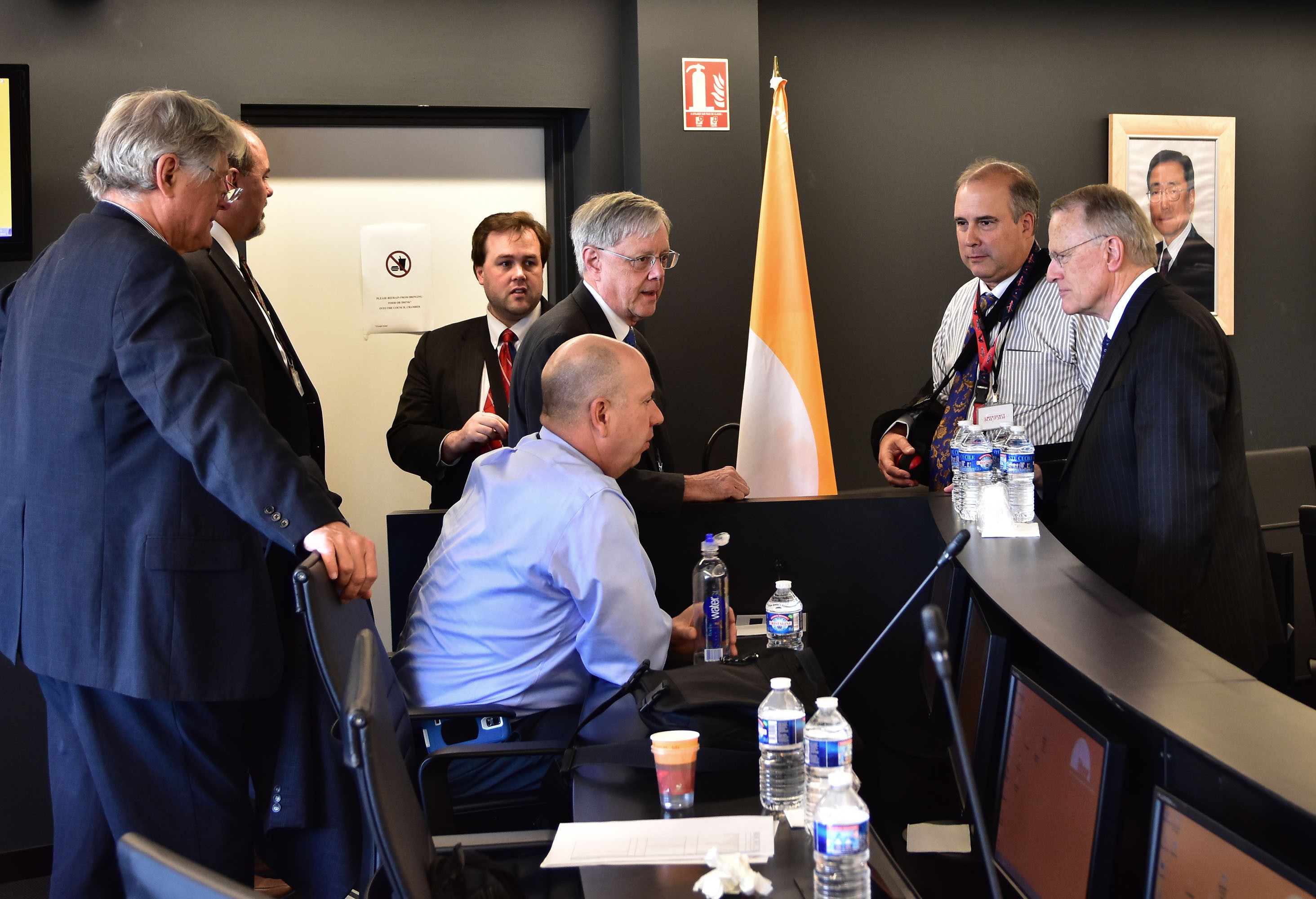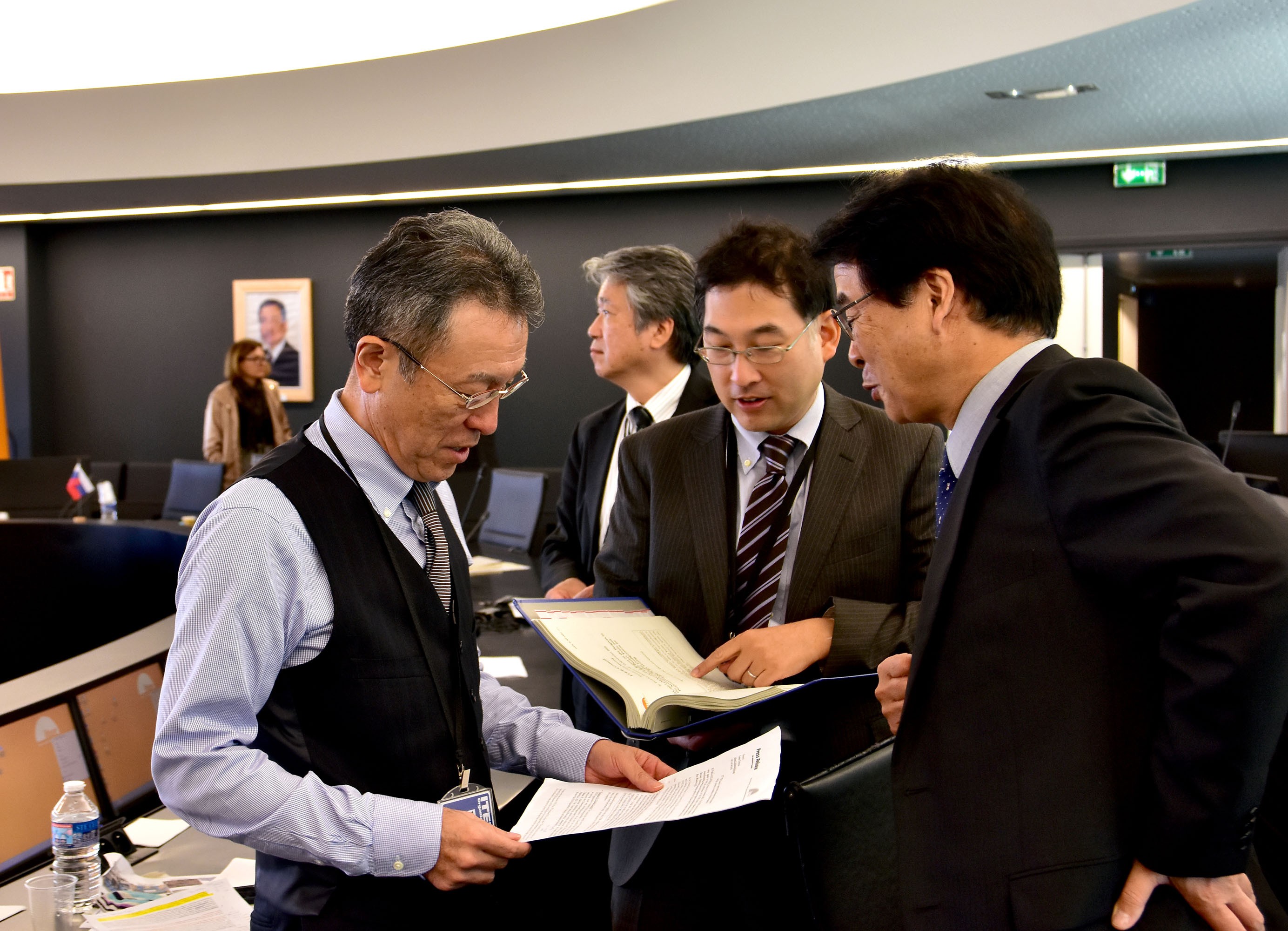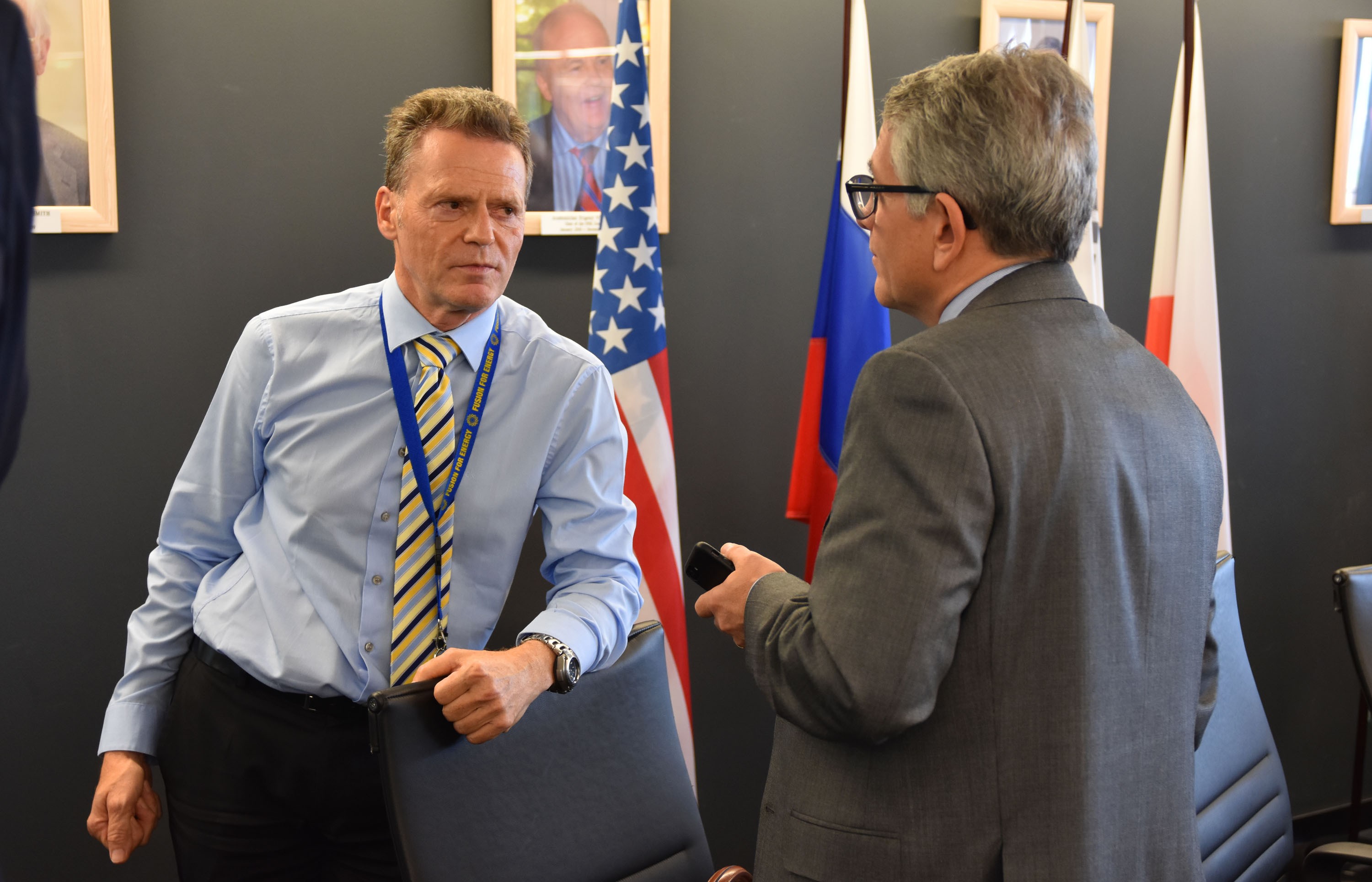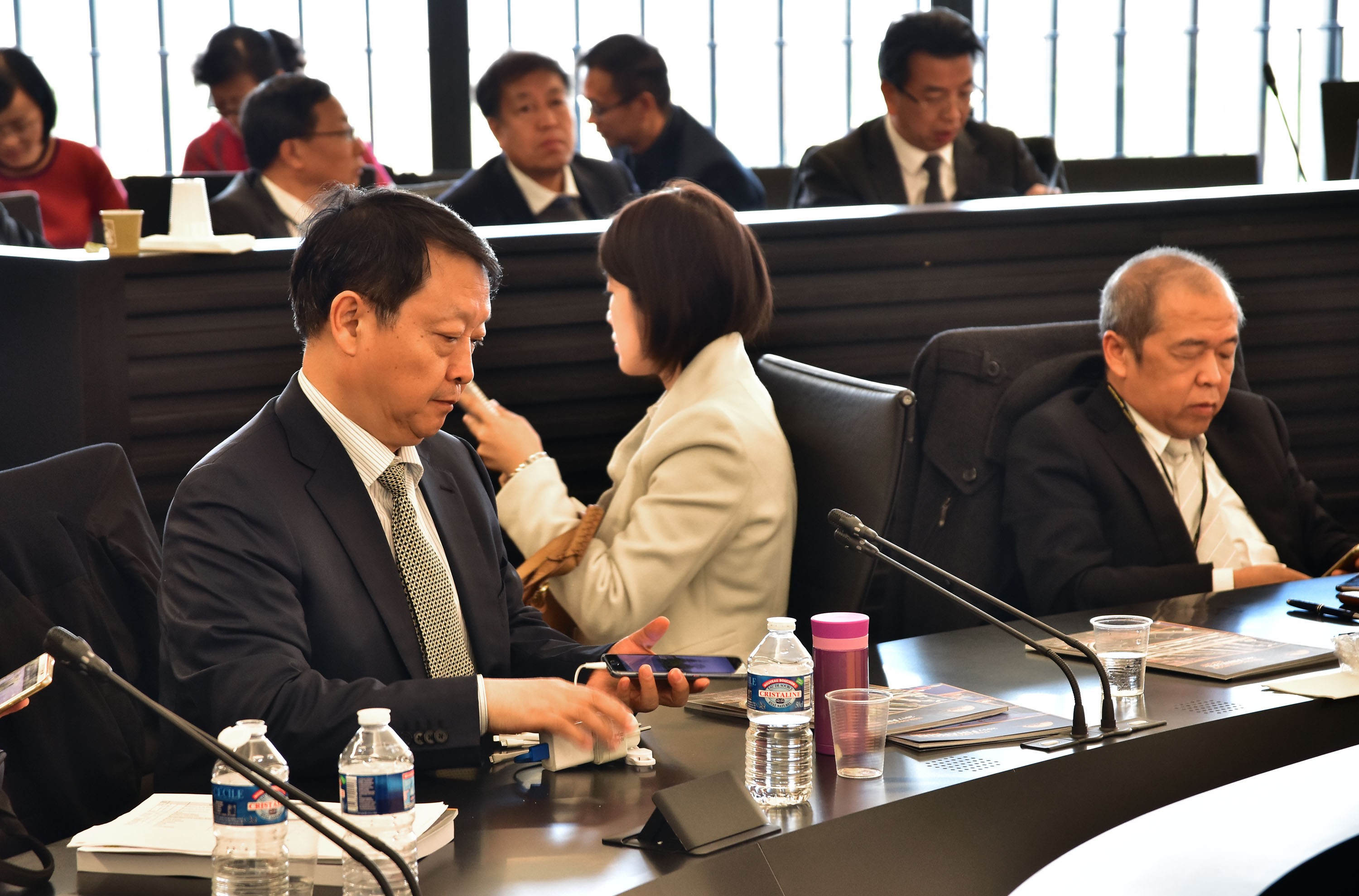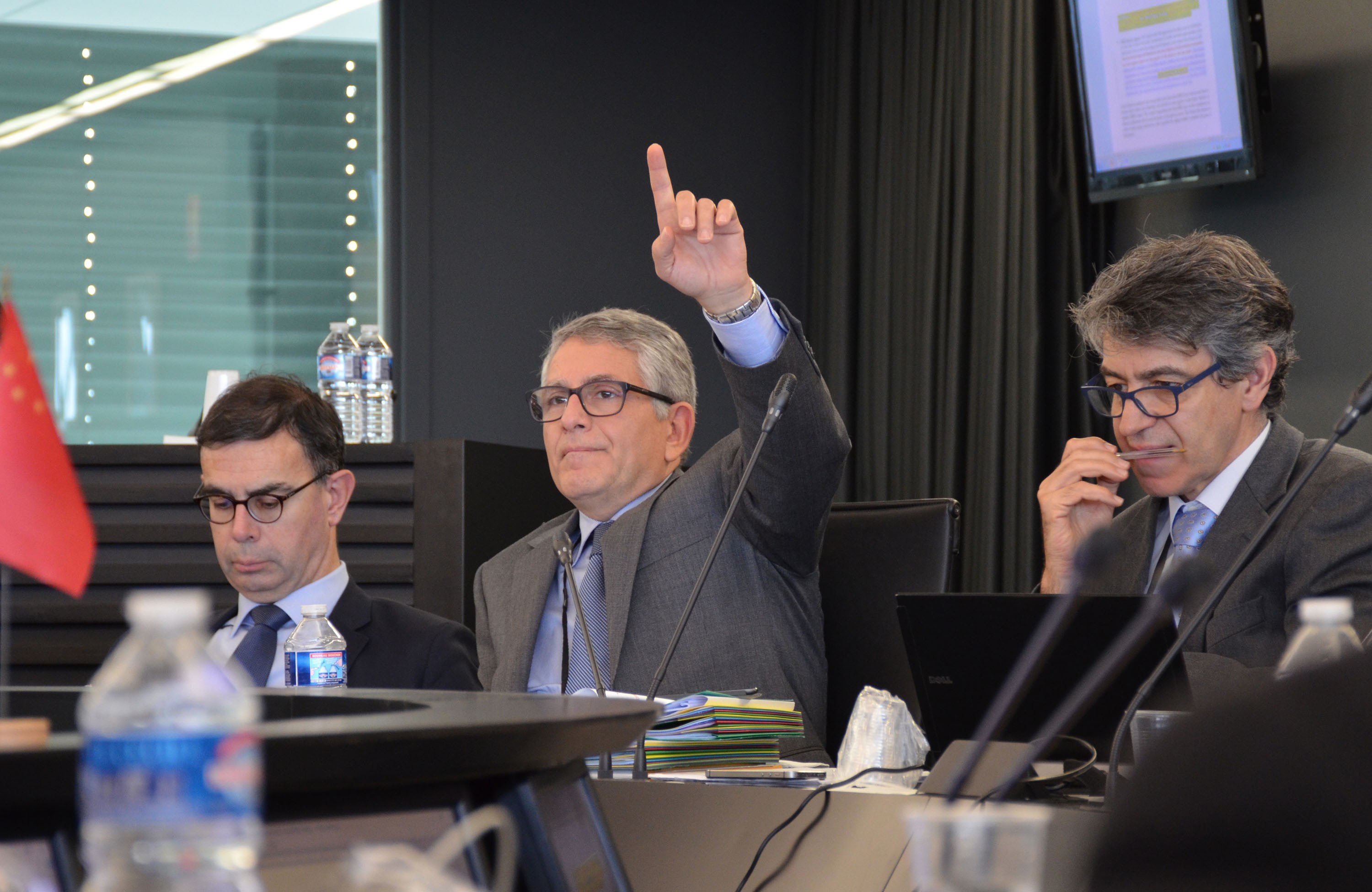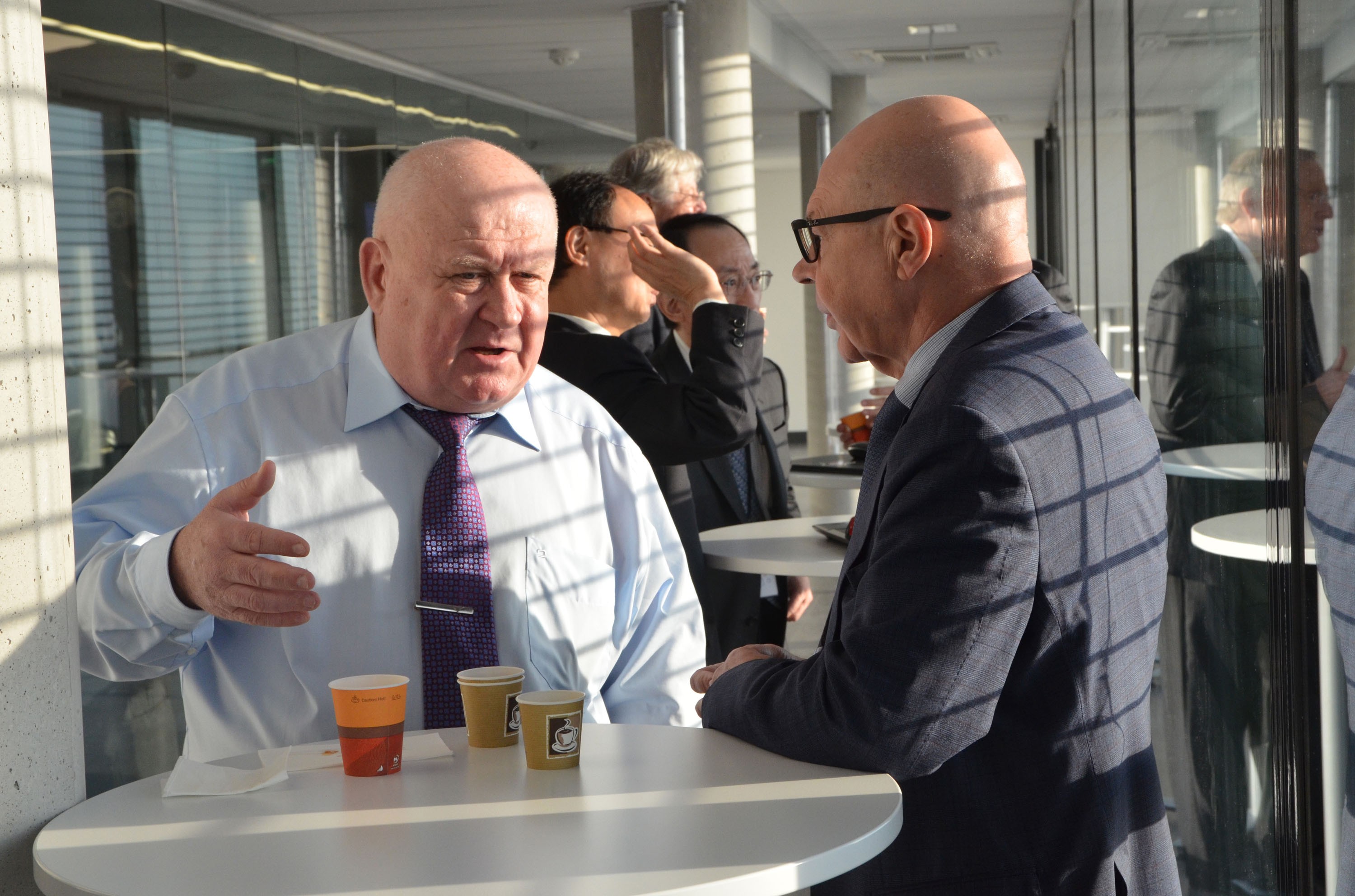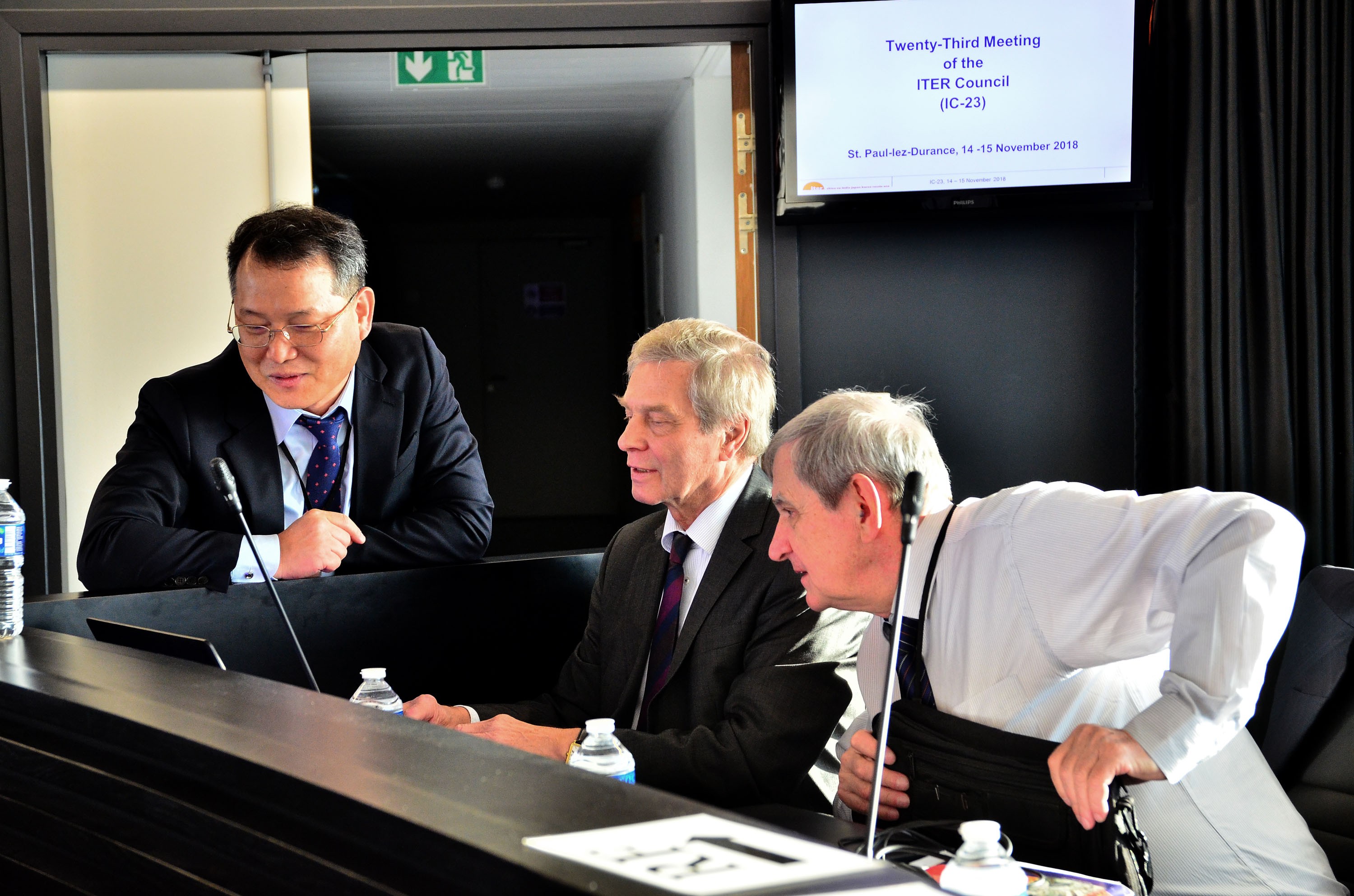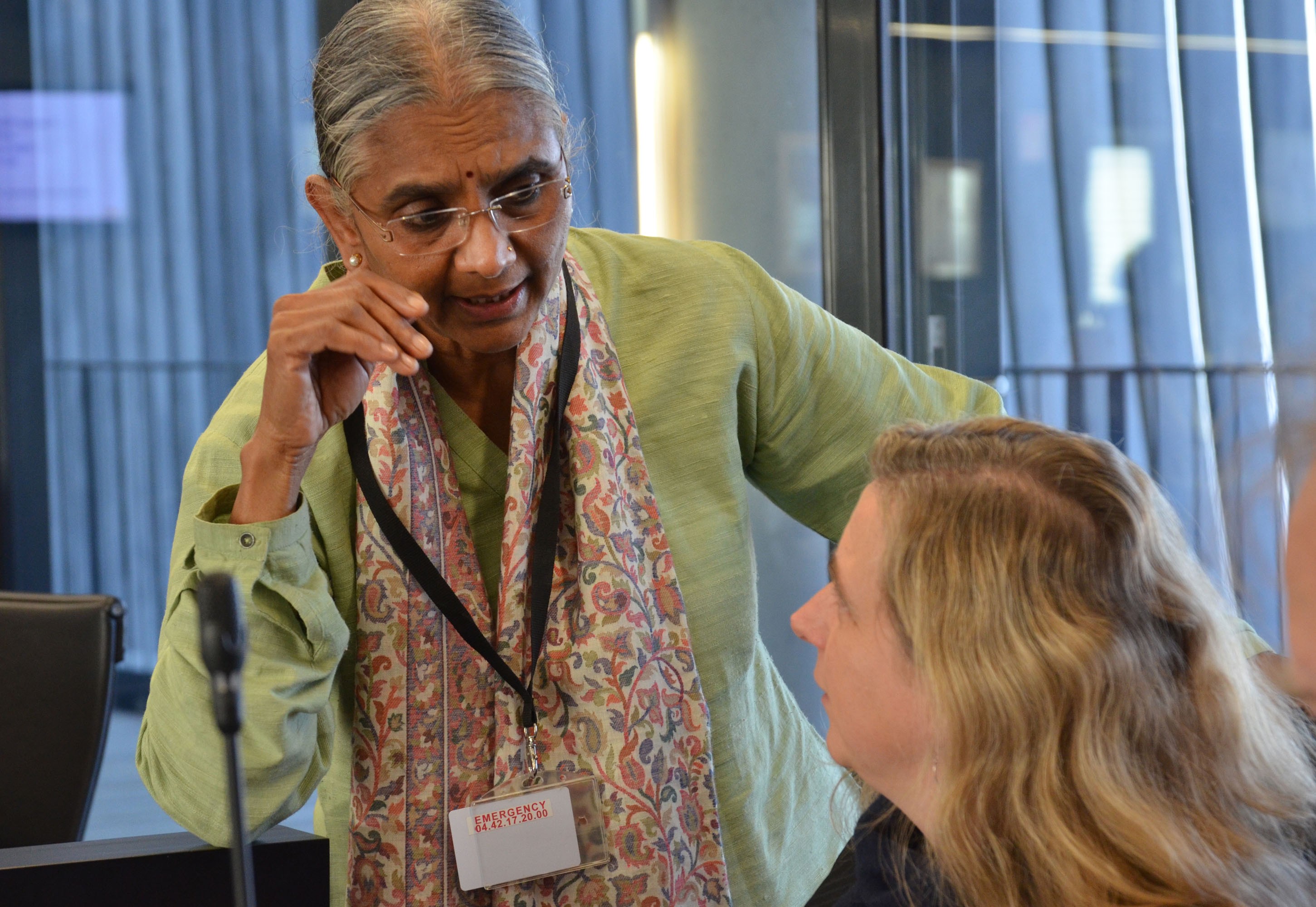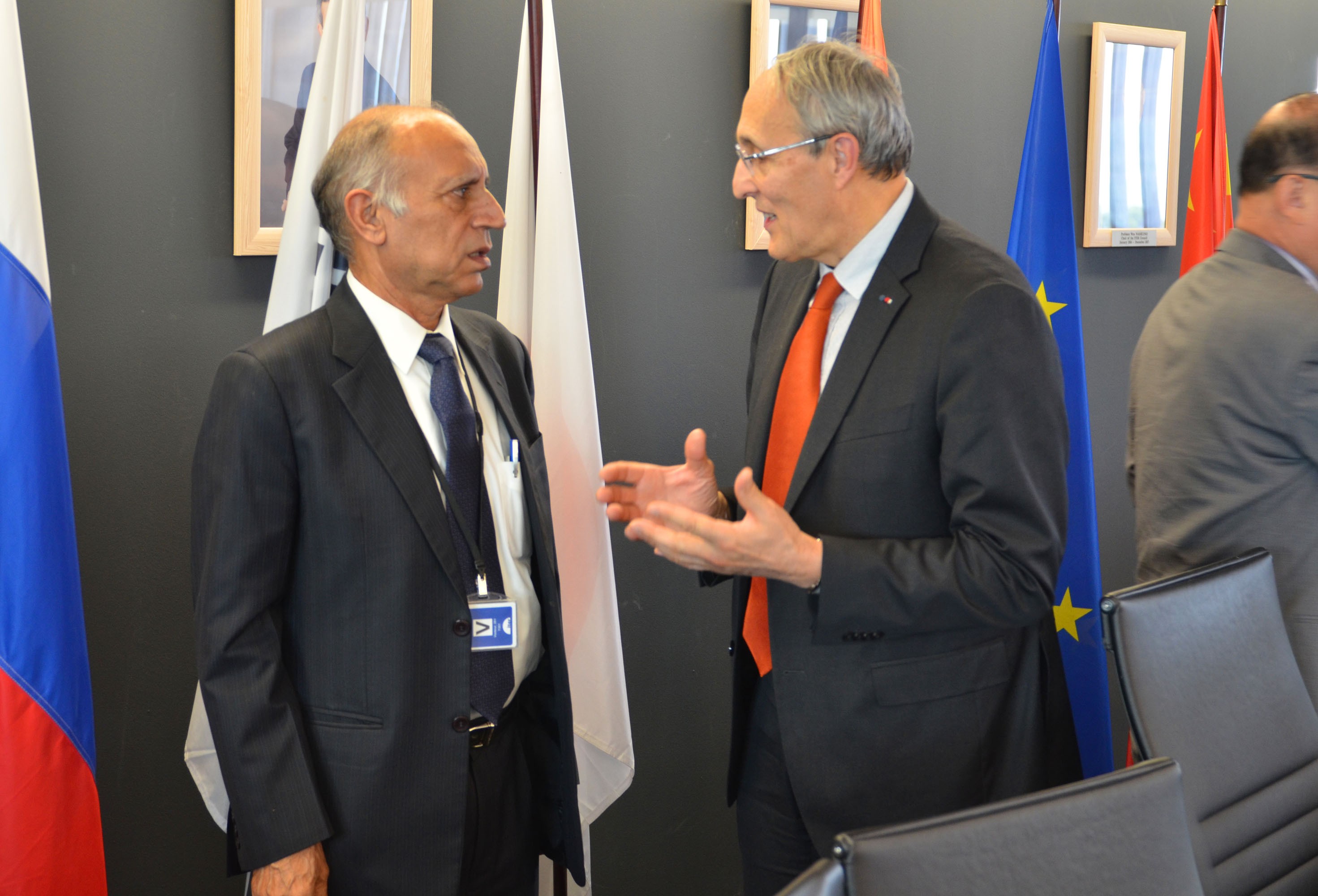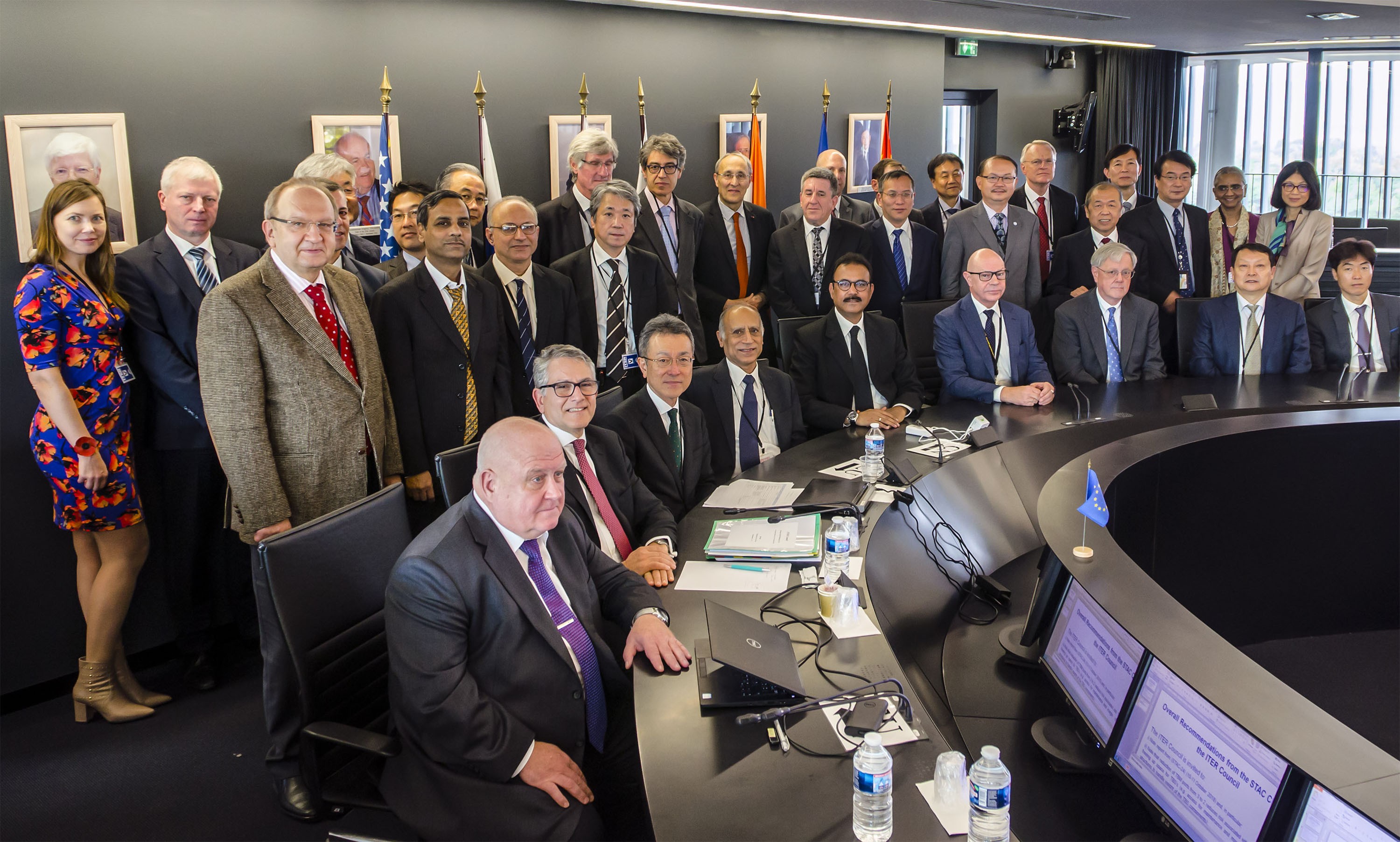Pace and performance on track
Working as an integrated team, the ITER Organization and seven Domestic Agencies are continuing to meet the project's demanding schedule to First Plasma in 2025. Pace and performance were confirmed this week at ITER Headquarters by senior representatives from China, the European Union, India, Japan, Korea, Russia, and the United States, who had gathered for the Twenty-Third Meeting of the ITER Council.
Every six months, the governing body of the ITER Organization meets to evaluate project progress on the basis of detailed performance metrics that track manufacturing, construction, and installation activities. The Twenty-Third Meeting of the Council, which took place on 14 and 15 November at ITER Headquarters, was no different. By reviewing the latest reports and indicators on technological and organizational performance, the Council was able to confirm that the project has completed nearly 60 percent of the work scope to First Plasma.
Specifically, the Revised Construction Strategy brings all installation activities in the critical Tokamak Complex area under the coordination of the ITER Organization, including building services falling under the scope of the European Domestic Agency's TB04 contract for mechanical and electrical installation works.

